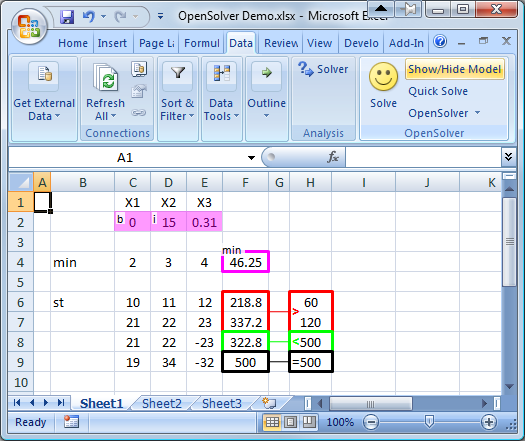Discover the Camera Tool's Excel Magic
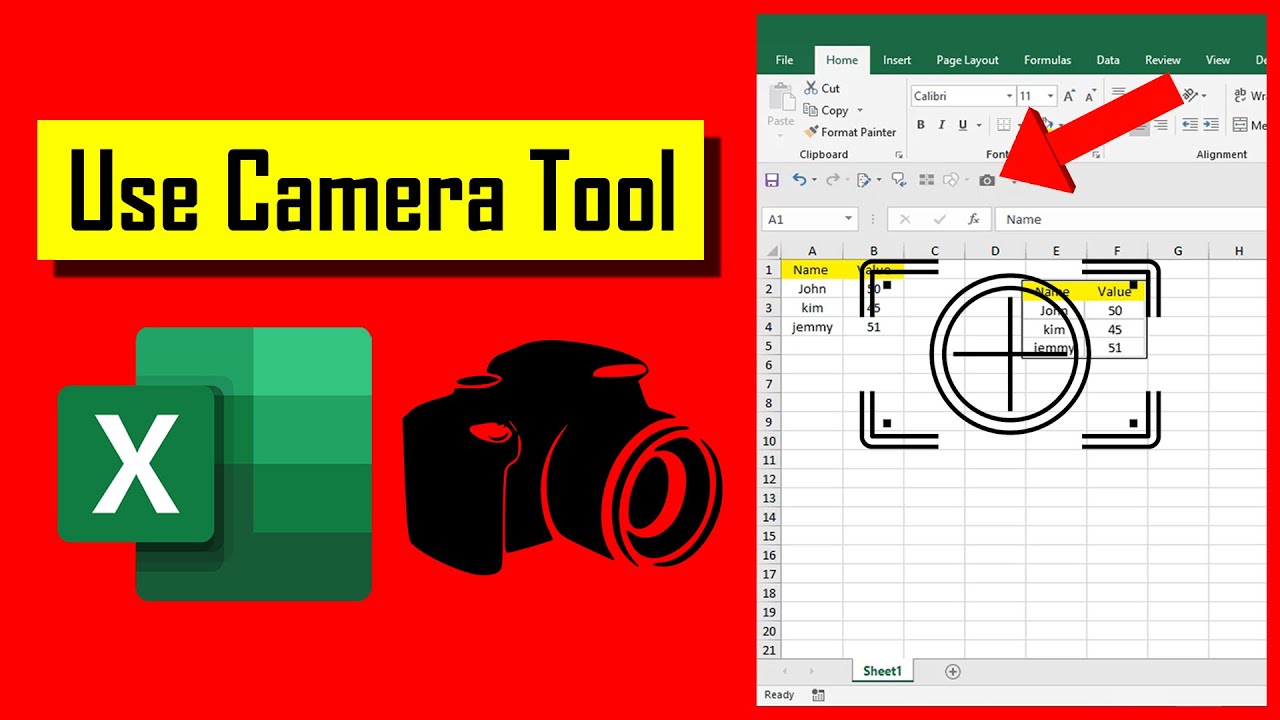
The Camera Tool in Microsoft Excel is a powerful feature that often goes unnoticed by many users. This tool, when mastered, can unlock a world of efficiency and creativity in data visualization and presentation. In this article, we delve into the depths of the Camera Tool, exploring its capabilities, best practices, and real-world applications to help you discover the true "Excel Magic" it possesses.
Understanding the Camera Tool
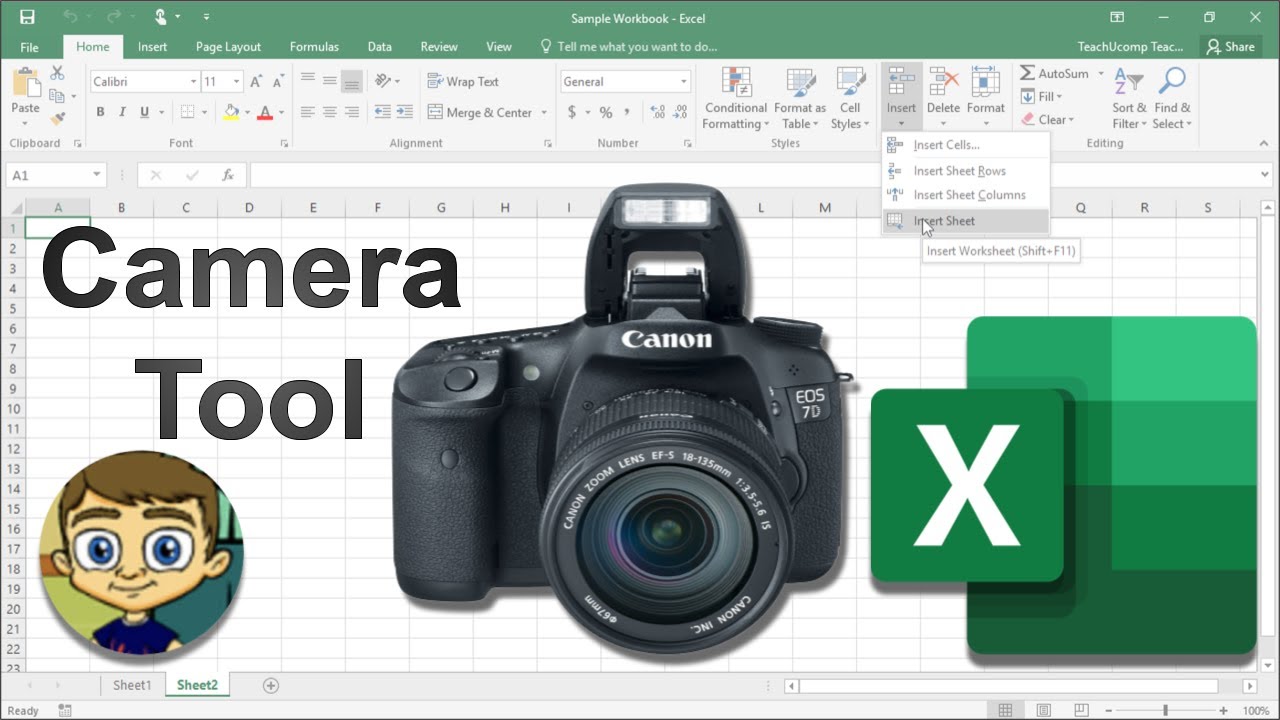
The Camera Tool, found in the Clipboard group on the Home tab in Excel, allows users to capture and paste a static image of a selected range of cells. While it may seem simple, this tool offers an array of benefits and use cases that can revolutionize the way you work with Excel.
Benefits of Using the Camera Tool
- Preserving Formatting: The Camera Tool captures the exact look and feel of your selected data, including formatting, colors, and even cell borders. This ensures that your data presentation remains consistent, even when pasted into other applications or documents.
- Flexibility and Portability: By converting your data into an image, you can easily move it around your spreadsheet or even place it in other files without worrying about disrupting the original data range.
- Visual Communication: The Camera Tool allows you to create visually appealing representations of your data. It’s particularly useful when you want to showcase specific data points or trends without overwhelming viewers with the entire dataset.
Real-World Applications
The Camera Tool finds its utility in various scenarios. For instance, imagine you’re creating a presentation for your team. Instead of copying and pasting a large table of data, which may confuse or distract your audience, you can use the Camera Tool to capture a concise snapshot of the most relevant information. This visual aid can make your presentation more engaging and easier to follow.
Additionally, the Camera Tool is invaluable when collaborating with colleagues or clients who may not have access to Excel. You can quickly capture and share key insights or metrics as images, ensuring everyone has a clear understanding of the data.
| Scenario | Camera Tool Application |
|---|---|
| Client Reporting | Create visual reports with key performance indicators (KPIs) as images, making it easier for clients to grasp the data. |
| Internal Dashboards | Use the Camera Tool to update internal dashboards with the latest data, ensuring everyone has access to real-time information. |
| Email Communications | Embed relevant data snapshots in emails to provide quick updates or highlight important trends. |
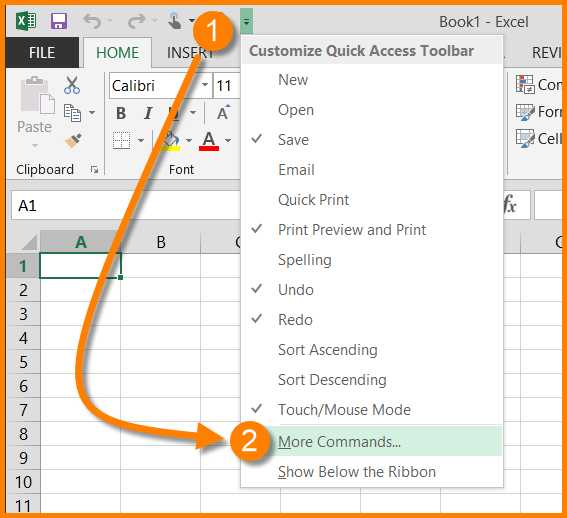
Maximizing the Power of the Camera Tool
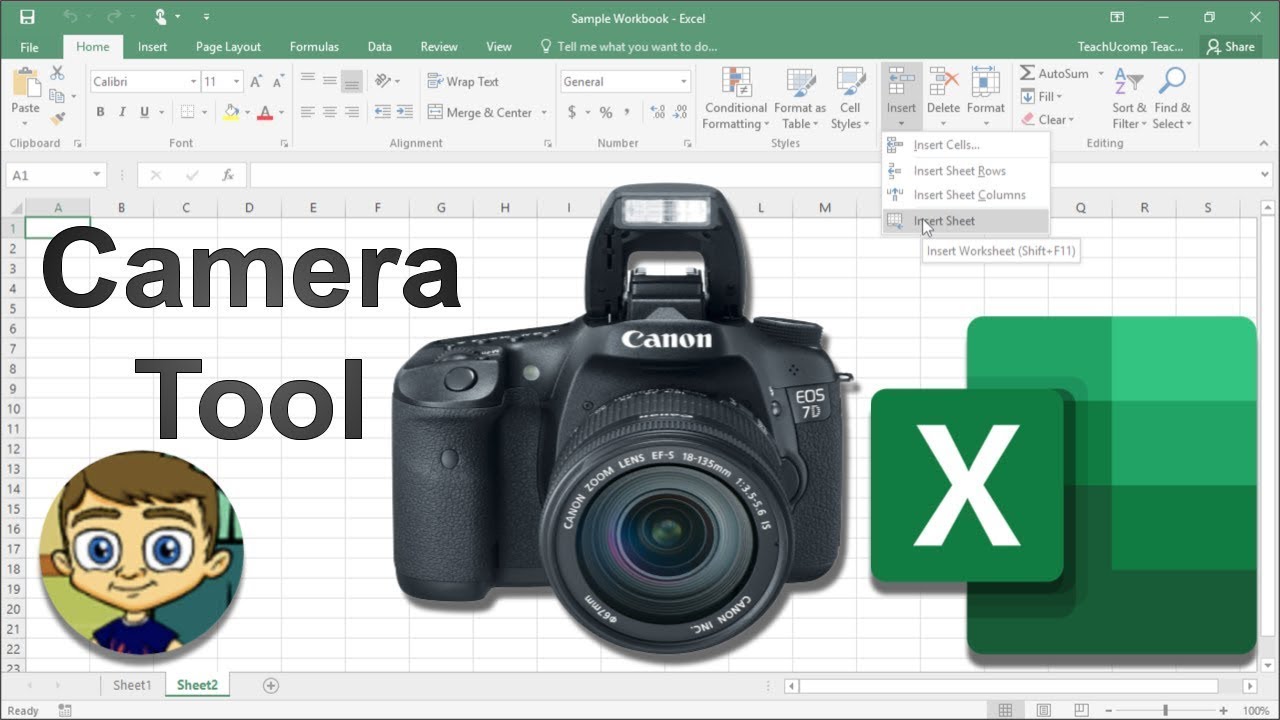
While the basic functionality of the Camera Tool is straightforward, there are several techniques and best practices to consider to truly harness its power.
Capturing Data with Precision
When selecting your data range, be precise. The Camera Tool captures exactly what you select, so ensure you include only the necessary information. This prevents unnecessary clutter and maintains the clarity of your visual representation.
Formatting for Impact
Before taking a snapshot, consider the formatting of your data. Use Excel’s extensive formatting options to make your data visually appealing and easy to understand. This includes color-coding, conditional formatting, and data bars to highlight key trends or outliers.
Tips for Effective Data Visualization
- Use Clear Labels: Ensure your data has clear and concise labels to guide viewers through the snapshot.
- Highlight Key Metrics: Use formatting or visual cues to draw attention to the most important data points.
- Consider Aspect Ratio: When resizing your captured image, maintain the aspect ratio to prevent distortion.
Advanced Techniques
For those looking to take their Excel skills to the next level, the Camera Tool offers some advanced techniques that can further enhance your data visualization capabilities.
Combining Multiple Snapshots
One powerful technique is to combine multiple snapshots to create a comprehensive visual representation. For instance, you could capture different aspects of a dataset, such as sales trends, customer demographics, and product performance, and arrange them side by side to provide a holistic view.
Using Camera Tool with Macros
Excel macros can automate repetitive tasks, and the Camera Tool is no exception. You can create macros to automatically capture and paste snapshots of your data, saving you time and effort, especially when working with dynamic or frequently updated datasets.
Dynamic Snapshot Updates
The Camera Tool doesn’t just capture static images; it can also be used to create dynamic snapshots that update automatically. By linking your captured image to the original data range, any changes made to the data will be reflected in the snapshot, ensuring your visuals remain up-to-date.
Best Practices for Effective Data Communication
When using the Camera Tool, it’s essential to keep best practices in mind to ensure your data is communicated effectively and ethically.
Avoid Misleading Visuals
While the Camera Tool provides flexibility in data presentation, it’s crucial to maintain data integrity. Avoid manipulating or altering data to present a biased view. Always ensure your visuals accurately represent the underlying data.
Provide Context
When presenting data as images, provide sufficient context to guide viewers. Include titles, legends, or additional notes to explain the snapshot’s purpose and key takeaways.
Consider Accessibility
Ensure your data visualizations are accessible to all users. This includes providing alternative text for images and ensuring color contrasts are suitable for users with visual impairments.
Future Implications and Innovations

As Excel continues to evolve, the Camera Tool is likely to see further enhancements. Future updates may include more advanced data visualization tools, improved integration with other Microsoft applications, and potentially even AI-assisted snapshot creation, offering even more ways to unlock the “Excel Magic” within your data.
How can I adjust the size of my captured image without distorting it?
+To resize your captured image without distorting it, make sure to hold down the Shift key while dragging the sizing handles. This will maintain the aspect ratio, ensuring your image remains proportionate.
Can I edit the captured image directly in Excel?
+No, the Camera Tool captures a static image, so you cannot edit it directly in Excel. However, you can paste the image into other applications like Microsoft Word or PowerPoint, where you can make further edits if needed.
Is there a way to automate the process of capturing snapshots with the Camera Tool?
+Absolutely! You can create macros in Excel to automate the process of capturing snapshots. This is particularly useful for repetitive tasks or when working with dynamic data that requires frequent updates.
The Camera Tool in Excel is a powerful yet often overlooked feature. By understanding its capabilities and applying best practices, you can elevate your data visualization skills and present information in a clear, engaging manner. Whether you’re creating reports, presentations, or simply sharing data, the Camera Tool is an invaluable asset in your Excel toolkit.


